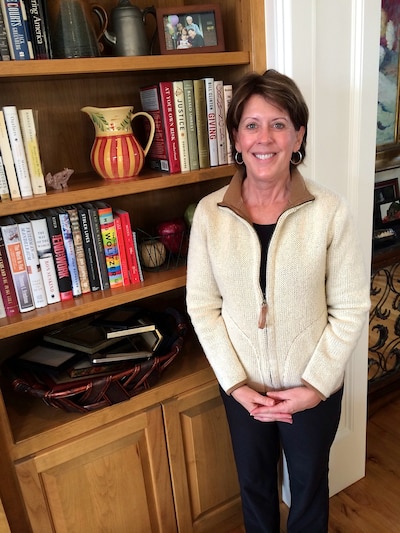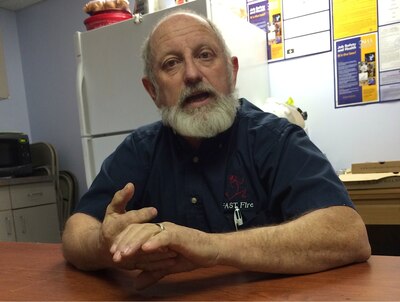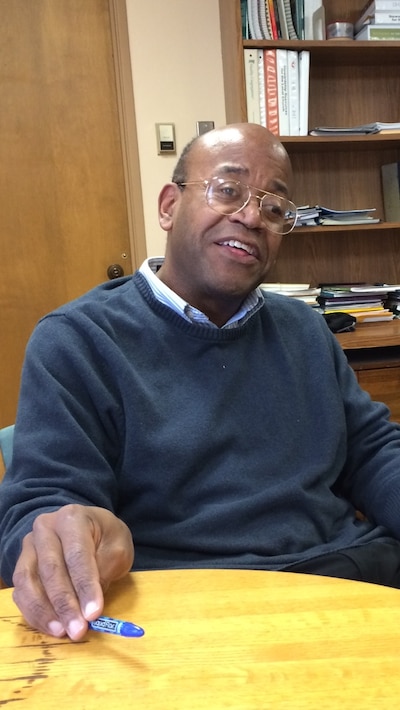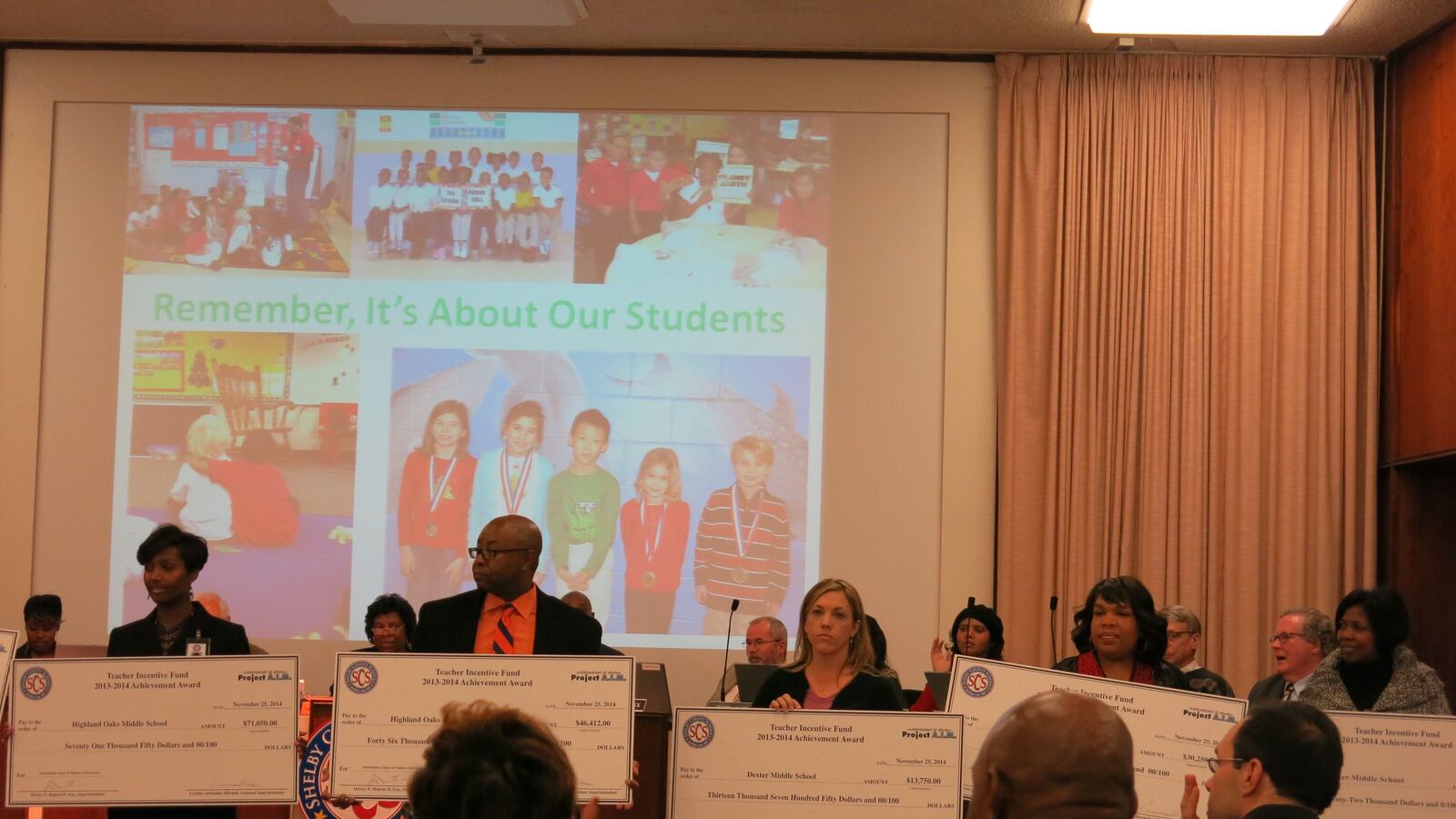It was September 1995 and Laura Lefkowits had served on Denver’s school board for just four months when suddenly and unexpectedly she and her colleagues were faced with making some of the most momentous decisions in Denver Public Schools’ 93-year history.
A federal judge had just released Denver Public Schools from a 22-year-old court order that had mandated busing kids across town to create racially integrated public schools in a largely segregated city. Now, with busing dead, it was up to the board to decide how to assign the city’s kids to schools. Should the district return to a system of neighborhood schools, which would mean a return to de facto segregation? Or was there some other alternative?
Neighborhood schools won in a landslide.
And in retrospect, Lefkowits and some of her colleagues now believe that one decision in particular that emerged from that process — the attendance zone from which northeast Denver’s Manual High School would draw students — was a catastrophic mistake. And that mistake they say, is at the root of Manual’s subsequent history of academic struggles and upheaval.
The Manual boundaries approved by the board and recommended by DPS senior administrators created a school population isolated within an anvil-shaped chunk of north-central and northeast Denver. This transformed Manual into an overwhelmingly low-income school, its student population evenly split between African American and Latino students. Over the past 18 years the student population has become increasingly Latino and has remained overwhelmingly poor, while the school has undergone successive waves of failed change efforts.
Board members knew at the time they were making a momentous decision. They didn’t realize, however, that reverberations from that decision would still be felt almost two decades later.
“I almost think we could have been sued all over again for the kind of boundary that we drew,” Lefkowits said. “We really made serious mistakes with [Manual]. And that at this point I don’t know if it ever can be righted. I feel like it has been one disaster after another since 1995.”
“Two high schools no one wanted to go to”
As soon as the news hit that fall that busing had ended it was as if the lid blew off a pressure-cooker, Lefkowits recalled recently.

First came the phone calls. Dozens of them to her home, at all hours. Then, in those days before universal email, mountains of letters. The vast majority – and from diverse constituencies — urged the school board to return to the old days, when kids could attend their neighborhood schools.
The push to return to neighborhood schools made Lefkowits uneasy, given the city’s segregated neighborhoods. Ultimately, however, she succumbed.
“Frankly, as a brand new board member, I had not had enough experience in making tough decisions to be that noble and statesmanlike,” she said. “And you’re always conflicted. Should you lead if no one is following you, or should you represent what people are asking you to do as their elected representative? It’s a difficult balance.”
Other boundary lines proposed at the time would have created a naturally integrated school.
The most prominent alternative, proposed by board member J.P. Hemming, would have drawn the boundary between Manual and Denver’s flagship East High School along York Street from the city’s northern border south to where York becomes University Boulevard and intersects with East First Avenue (where the Cherry Creek Whole Foods sits today). Kids living west of York would have gone to Manual and those east of York to East.
Those boundaries would have sent to Manual a large number of more affluent students from the Capitol Hill and Country Club neighborhoods who had historically attended East. But residents of those neighborhoods pressured board members not to make that change, thereby leaving East’s historic boundaries largely intact.

District officials also balked at changes that would have affected East as well as Manual. East’s boundaries didn’t change much under court-ordered busing because the school’s central location meant it drew from diverse neighborhoods and resulted in an integrated school. So why change them as busing ended, officials reasoned?
New East boundaries could have resulted in “two high schools no one wanted to go to,” said Wayne Eckerling, DPS’ planning director when busing ended. “The district was in a very different place then than it is now. Enrollment was way down. We were worried about losing more people.”
But it wasn’t just affluent white folks who opposed the York Street boundary line. So did African American clergy and vocal Manual neighborhood residents, among them then-Mayor Wellington Webb, himself an African American and Manual alum.
Under the federal court order, Manual, which before busing had been a predominantly African American school, was integrated because a large section of the affluent, mostly white east Denver Hilltop neighborhood became a Manual “satellite” and was bused there. Manual’s neighborhood boundaries were small — just a mile north to south and three-quarters of a mile east to west of northeast Denver immediately surrounding the school, located at 1700 E. 28th Ave.
As high school attendance boundary debates progressed in late 1995 and 1996, school board members and DPS senior staff knew that Manual would pose the thorniest challenge. The school sat in the center of what had once been Denver’s African American community. By the mid-90s, the neighborhood’s population had become increasingly Latino, but many prominent African American families, including Webb’s, still regarded Manual as their school. Busing had deprived them of their school since 1973, and they wanted it back.
“Everyone wants neighborhood schools,” as Webb told the Rocky Mountain News early in 1996.
Through a spokesperson, Webb declined to comment for this article, saying “Manual is a painful subject.”
“In education our actions often don’t match our platitudes”
Layers of mythology have accreted to Manual over the years, but the school has never served all its students well. During the busing era of the 1970s, 80s and early 90s, Manual’s top graduates regularly gained admission to Ivy League schools and elite, small liberal arts colleges. But most of those top graduates were the Hilltop kids. Enormous achievement gaps existed between mostly white, affluent kids and lower-income African American and Latino students.
In 1994, Manual gained notoriety when just six of its black male students received diplomas. Fifty-eight black males had been freshmen four years earlier.
Aaron Gray served as school board president as the board determined DPS’ post-busing landscape. Gray is African American, and a Methodist minister. He remembers with some bitterness the role his fellow black clergy played in the debate over Manual’s boundaries. They and their neighborhood followers were, he said, “the loudest voices in the room.

“We were somewhat intimidated because of those loud voices (that were) often putting the board down and putting the superintendent down,” Gray said. “Guilt was important. They made it clear that you should really feel bad about what has happened and what you have done.”
Hemming, who proposed the York Street boundaries, still seethes at the lack of consideration his proposal received from other board members. “In education our actions often don’t match our platitudes,” he said. “The Manual boundaries are a case in point.”
And he scoffed at the notion that pressure from all sides proved too much to bear. “Oh, yes, the pressure was intense,” Hemming recalled recently, sitting in a cluttered back room of the fire suppression business he owns. “I received threatening phone calls from all sides. But come on. We were volunteer elected officials. There is a lot of power in being a volunteer. What are they going to do, fire us? Pressure shouldn’t have been a major consideration.”
But the pressure was real, and at times if felt both intense and personal. Lefkowits proposed that instead of an attendance zone for Manual, the district create a magnet school at Manual – a specialized program that would attract a diverse array of students from across the city. The reaction to that proposal typified the kind of blowback the board faced from people in the Manual neighborhood.
“If you’re saying we need magnets to attract whites to make the schools superior, then I accuse you of racism,” Gregory Conners, an African American father said during a public hearing, according to The Denver Post.
An evolving racial and socio-economic mix
Indeed, much of the debate that occurred during boundary discussions centered on whether a post-busing school needed to be integrated to succeed. Or could a high-poverty high school be designed that would produce college- and career-ready students?
Historic gaps between Manual’s white and black students may help explain why, as busing ended, influential African Americans pushed hard to have Manual returned to the community through boundaries that excluded whiter neighborhoods. What apparently went unrecognized during the debate was that the neighborhoods within Manual’s new boundaries had become increasingly impoverished and Latino.
But few Latino voices were raised or heard during the boundary debates, former school board members recalled. Court-mandated busing had been a black-white issue for the most part, and the post-busing decisions were made within that same frame.
Eckerling, the former DPS planning director, said that influential African American Manual alums like Webb who pushed for the boundaries that prevailed also failed to recognize how much the neighborhood around Manual had changed since they grew up there, not just racially but socio-economically as well.
Before the civil rights movement and fair housing laws, Eckerling said, African Americans of varying socio-economic status and education levels lived in the neighborhood because housing discrimination and red-lining prevented them from living elsewhere.
By the mid 1990s, however, the black middle class had largely fled the area for suburbs or more affluent neighborhoods, leaving behind a very different, more challenged student population than they remembered from their school days.
Gray said the debate was almost tribal in nature, with “people who call themselves progressives” suddenly backing away from their professed belief in integration when they saw how it might affect their own kids. And African American community spokespeople advocated only for their own people.
“My dream when I was on the board was that at just one board meeting, just one, African American leaders would come and say ‘I am concerned about what’s happening to Hispanic kids,'” he said. “That kind of dialogue would have set a whole different tone. I never heard it once.”
One neighborhood African American pastor, however, said the 1996 school board and district leadership deserve most, if not all, of the blame.
Rev. Frank Davis, pastor of Zion Baptist Church in the Manual neighborhood since 1994, said he never supported the boundaries that made Manual a high-poverty school. “They talk about ‘no child left behind’ but in the case they left a whole school behind,” Davis said. “They didn’t do their due diligence in weighing out the grave impact that decision would have on the citizenry of the area.”

